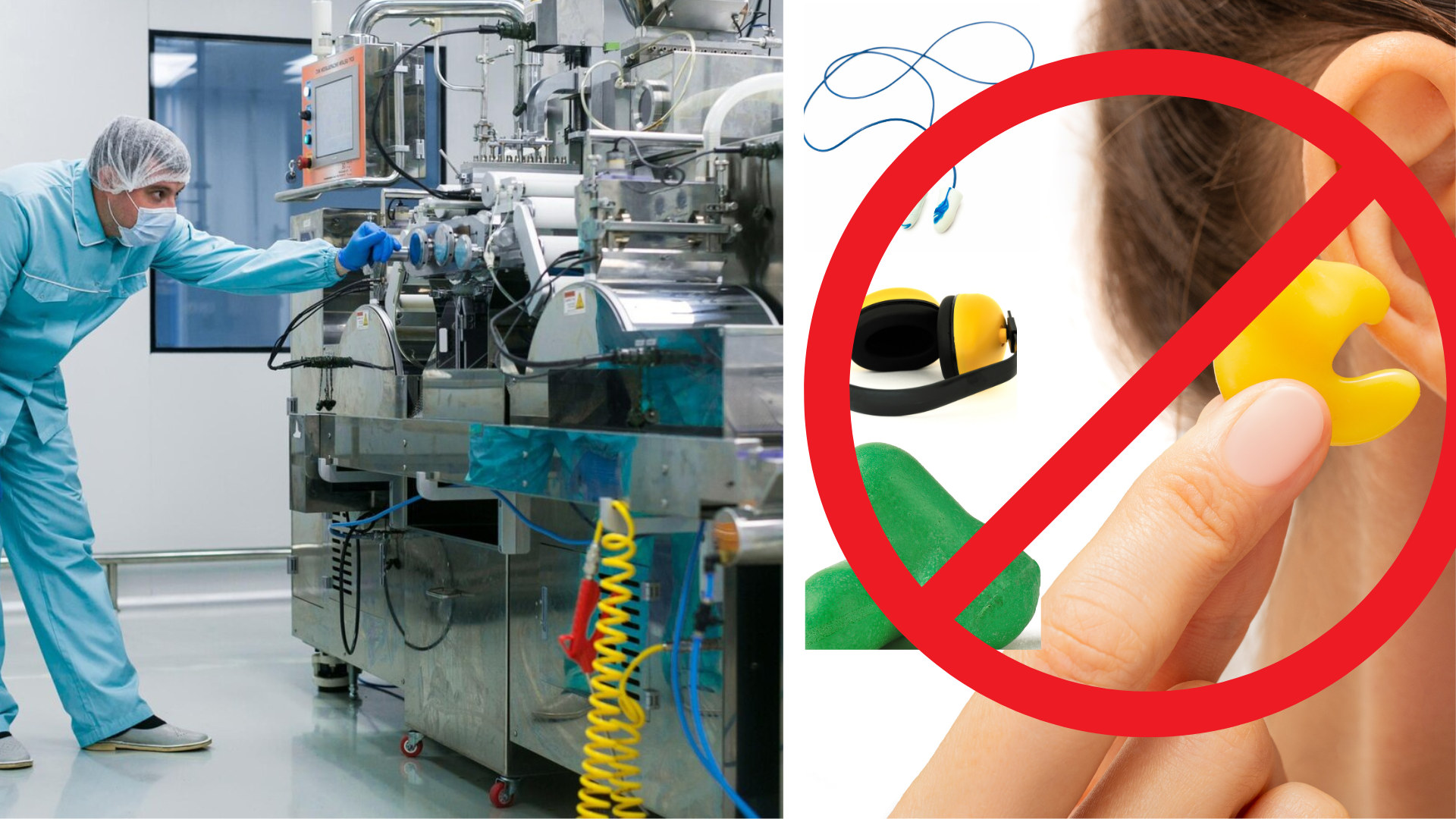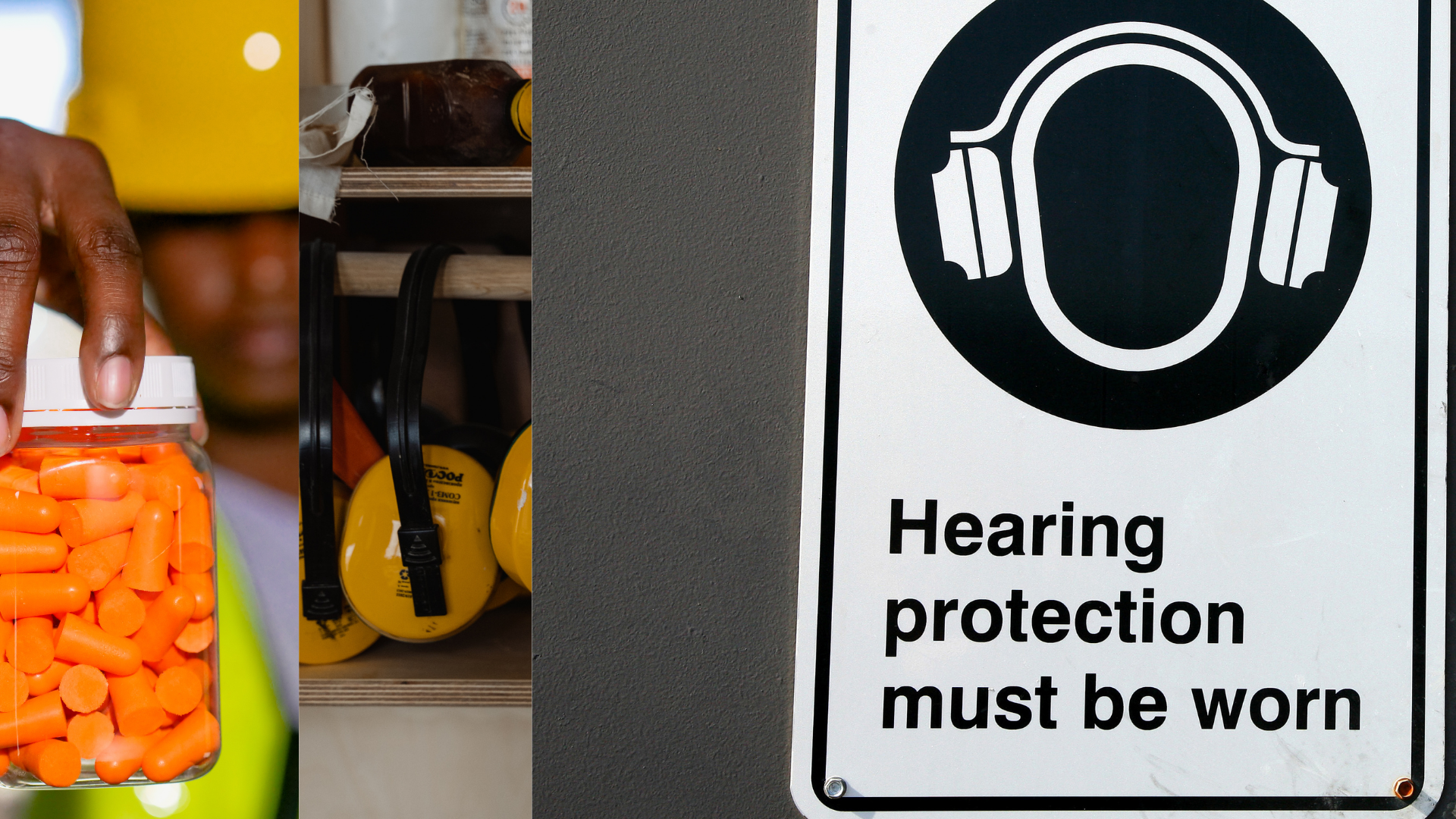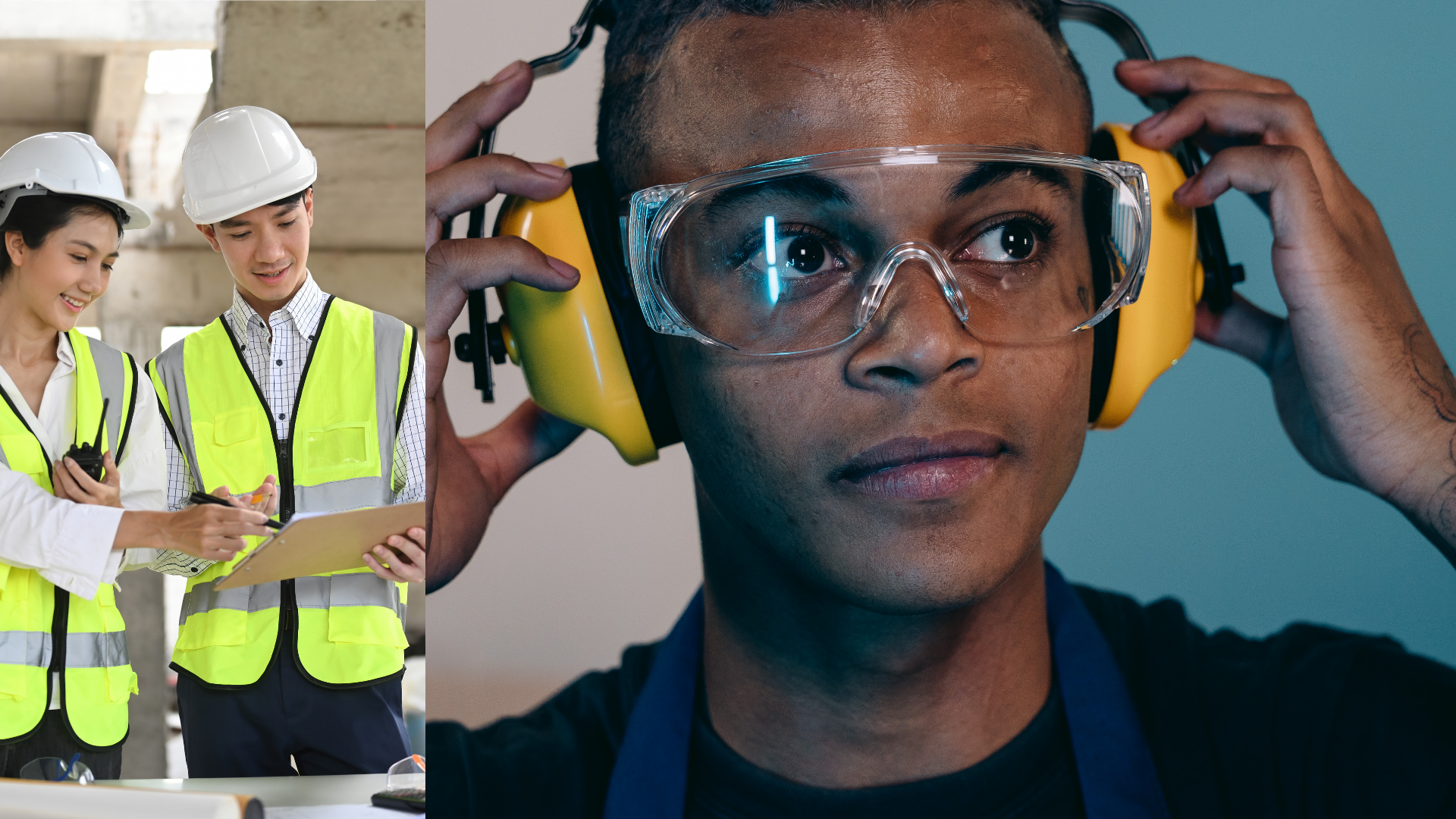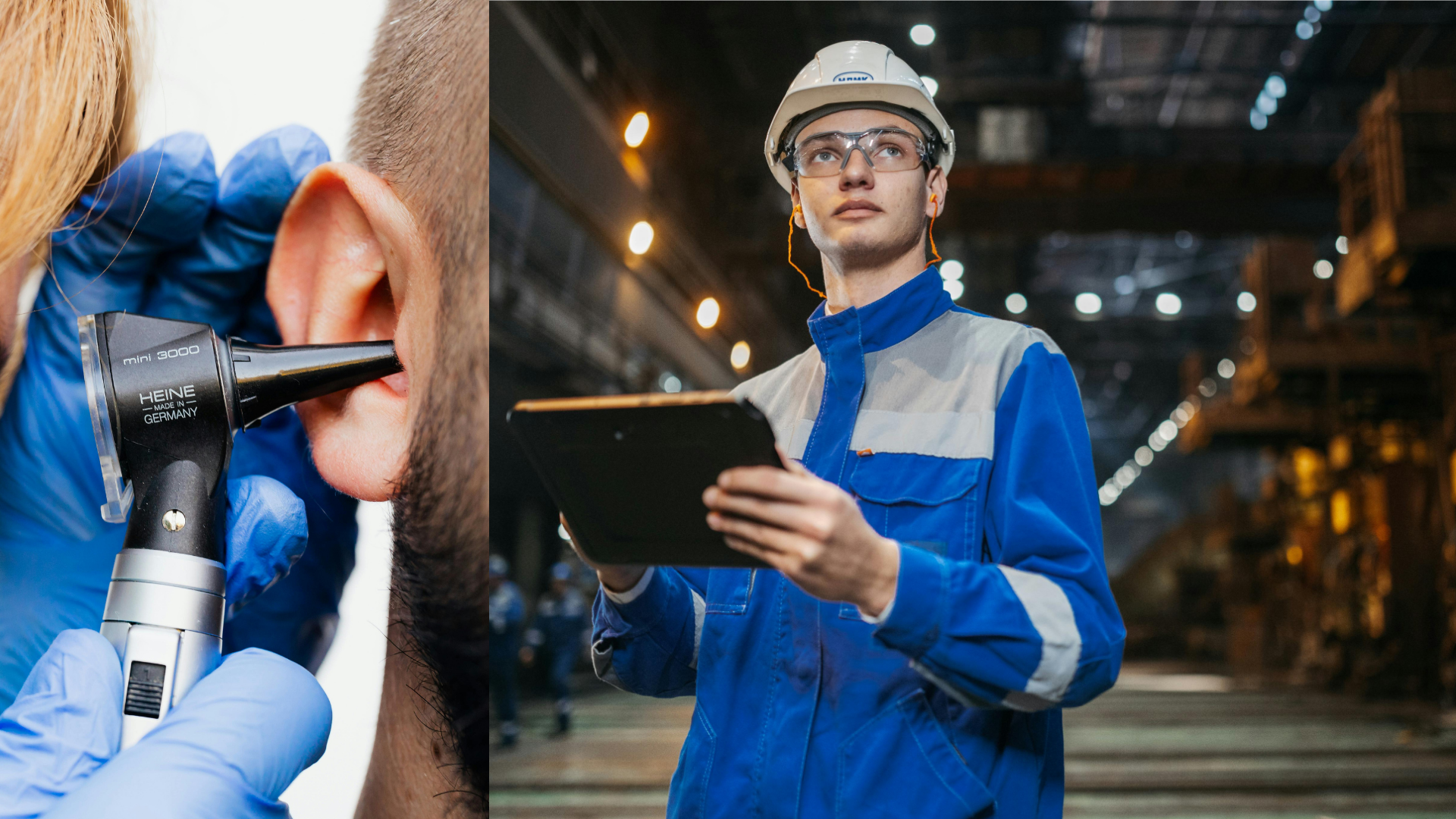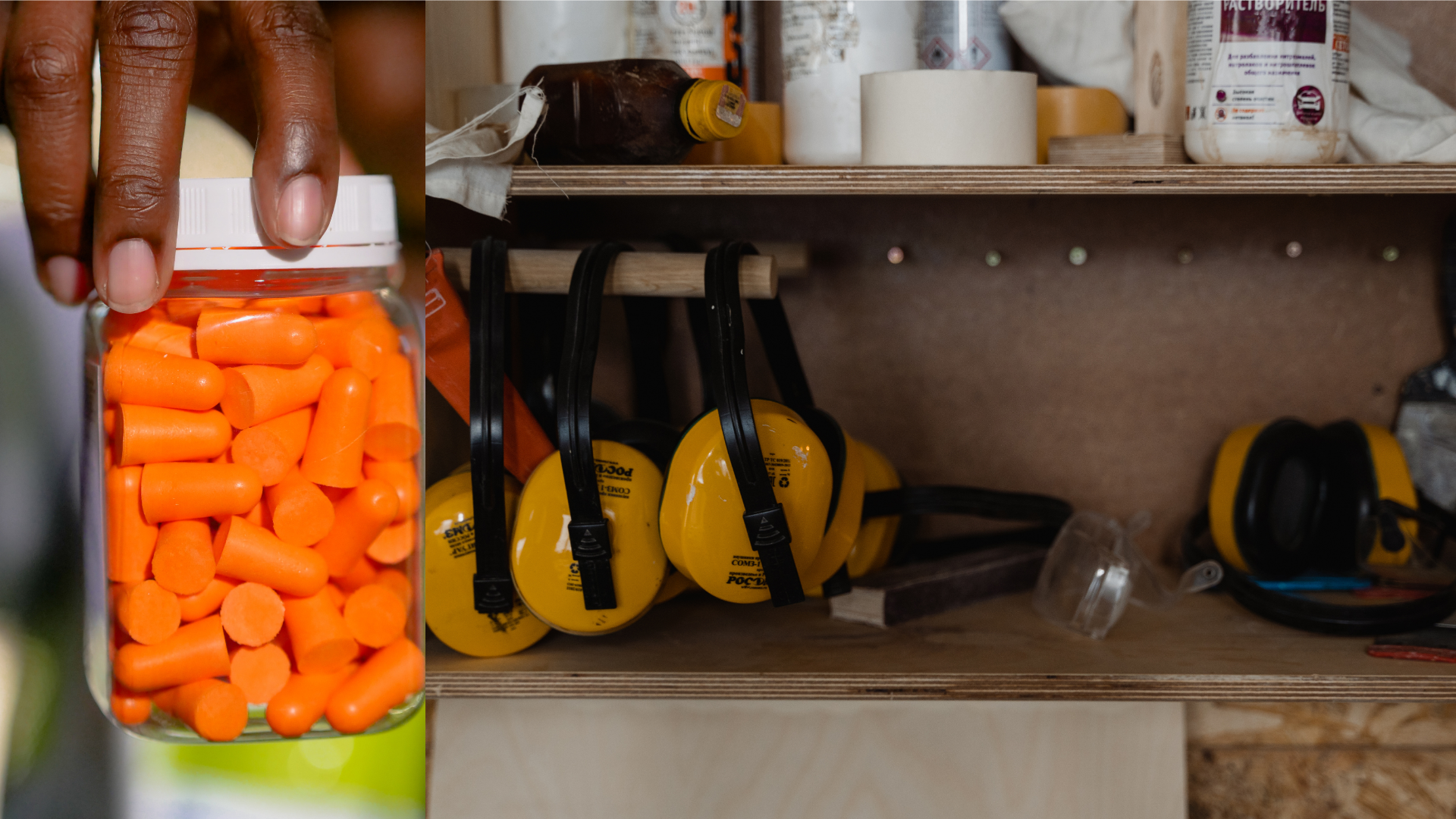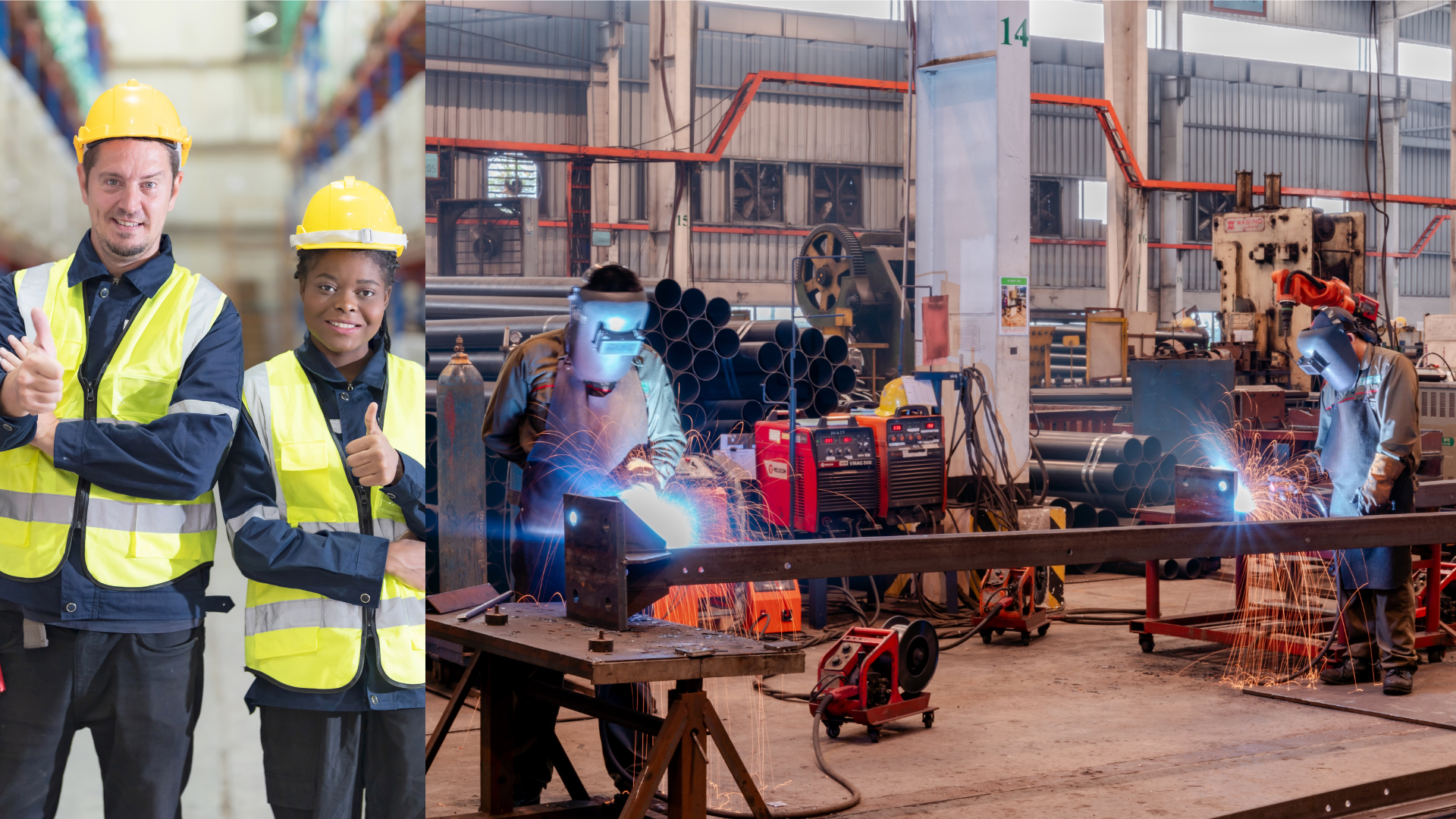Guide to an Effective Hearing Conservation Program
It’s estimated that over 22 million US employees are exposed to dangerous noise levels every year. According to Federal OSHA, employees who are exposed to over 85 decibels during an 8-hour time period should be included in a “continuing, effective hearing conservation program”.
While thousands of companies have some components of a hearing conservation program, many still find themselves with OSHA recordable injuries and Worker’s Comp claims to deal with. That’s because often, compliance isn’t enough.
OSHA's noise exposure allows more noise than any other country in the Americas
Goals of implementing a hearing conservation program
The goal of a hearing conservation program is twofold:
Preventing permanent hearing damage
The primary goal of a hearing conservation program is to protect employees from permanent damage to their hearing. This usually involves engineering & administrative controls, and PPE, to reduce the amount of noise that employees are exposed. Early intervention in the event of a shift can also serve as an opportunity to create awareness and prevent further damage.
Protecting employers from false liability
In today’s world, more and more people are exposed to loud levels of noise outside the workplace. This means that employees can show hearing damage that isn’t always work related. That’s where an effective hearing conservation program is essential to avert false liability for the employer.
Beyond compliance: bringing together an effective hearing conservation program
An effective hearing conservation program should be able to both prevent injuries, and false liability. In the event of an injury that is likely not work related, an employer should have a full range of measurements and studies that can be used as proof. This could include the following:
- Dosimetry documentation that the employee wasn't exposed to enough noise to cause the damage
- Fit testing results proving the employee achieved an appropriate level of attenuation
- Sound mapping results demonstrating the employee did not work in a high noise area
Anadyne: relating processes to prevent hearing injury
At Anadyne, we’re pleased to offer beyond compliance hearing conservation services, for teams that are looking to protect employees better than required. We’re now offer a full hearing conservation program establishment or evaluation package – reach out to learn more!
Click to find out more or give us a call at 888-972-4420!


